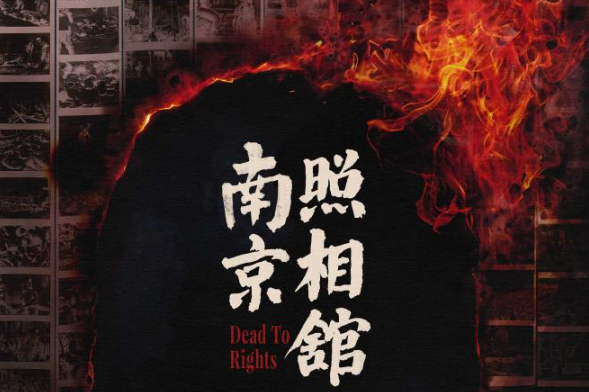Conflict, disease outbreak and flooding affect thousands in South Sudan

Conflict, disease outbreaks such as Hepatitis E, and the worst flooding seen in 60 years in most parts of South Sudan have left over 600,000 people in need of urgent humanitarian assistance, according to the International Rescue Committee, a global humanitarian aid, non-governmental organization.
The organization attributed the unusually intense periods of flooding that have resulted in disease outbreaks and conflicts in the Africa's youngest nation to the ongoing impacts of climate change.
Caroline Sekyewa, the country director of International Rescue Committee South Sudan, said the impact of flooding experienced since May has left over 450,000 people across the country's 22 counties in need of food, water, shelter, hygiene, health services as well as protection services particularly for women and children.
"For a country in such an unstable condition, the compounded effects of climate change and conflict have devastating consequences for already vulnerable populations," Sekyewa said.
"Cases of Hepatitis E in Bentui camp have risen to over 60 percent from 2019 to 2020, putting already vulnerable populations further at risk."
Sekyewa said 500,000 people are in need of emergency assistance including nutrition, water and sanitation, basic household items, shelter and health services.
"The International Rescue Committee will be focusing on health, protection, water and nutrition services to those affected in Awiel South and Unity State," she said.
According to the International Federation of Red Cross and Red Crescent Societies, Jonglei and Unity are the most affected states by the floods.
In Jonglei state, wetlands and tributaries of the White Nile River overflowed because seasonal rains arrived earlier than usual.
"The floods have caused widespread devastation to livelihoods, submerging schools, health facilities and thousands of houses and displacing families," the organization said in a statement on Sunday.
"Most of the local people are subsistence farmers, but the recurring flooding has made agriculture impossible."
The humanitarian aid organization said access is a major challenge, with the majority of flood-affected areas inaccessible by road.
This is in addition to some of the flood-affected counties being highly insecure.
"Rains are forecast to continue over the coming weeks. The rainy season in South Sudan traditionally ran from April until October. However, as per recent years, the current rains are forecast to last longer, which is likely related to climate change," the organization said.
On Friday, the United Nations said food insecurity in South Sudan is at its highest levels since the country gained independence 10 years ago.
The intergovernmental organization said 60 percent of the country's population faces severe and acute food insecurity, with families unable to feed themselves because of the combined effects of conflict, displacement, massive flooding and economic hardships, which have been worsened by the COVID-19 pandemic.
"This is further compounded by climate change which has already severely impacted the livelihoods of South Sudanese. The implications of climate change on food security and nutrition are of significant concern," the UN said.
Despite a power-sharing agreement signed in February last year by President Salva Kiir and opposition leader Riek Machar, the country is still experiencing conflicts.
The country has also reported increased transmission of Hepatitis E, with 1,001 cases and 9 deaths having been reported from January 2019 to August in Bentiu refugee camp, according to Health Protection Scotland, the organization that co-ordinates health protection in Scotland.
Apart from Hepatitis E and COVID-19, participants in a five-day health risk profiling workshop held in Juba on October 8 said South Sudan has also braced other outbreaks like cholera, measles, yellow fever, rift valley fever, and circulating vaccine derived poliovirus 2 over the recent years.

































